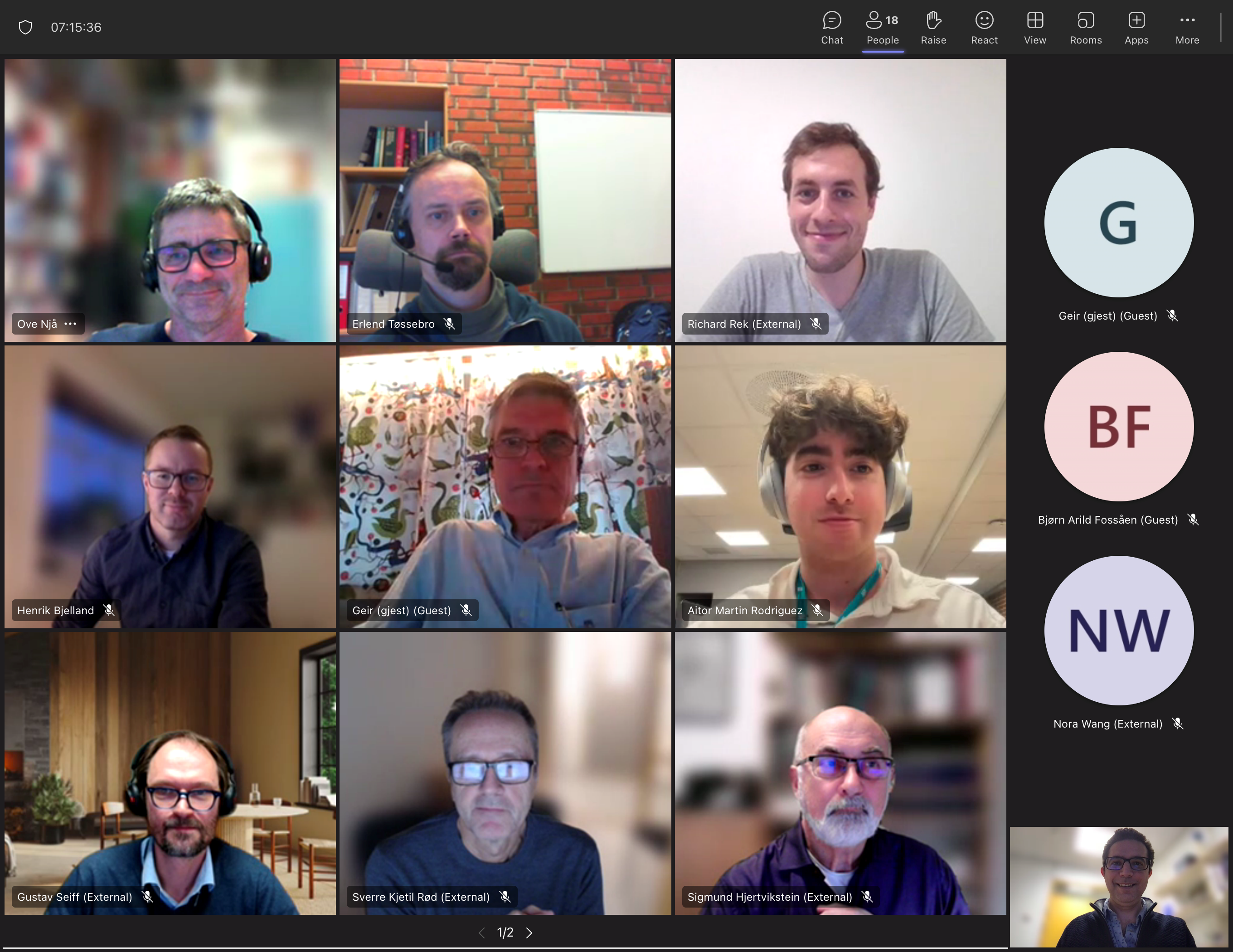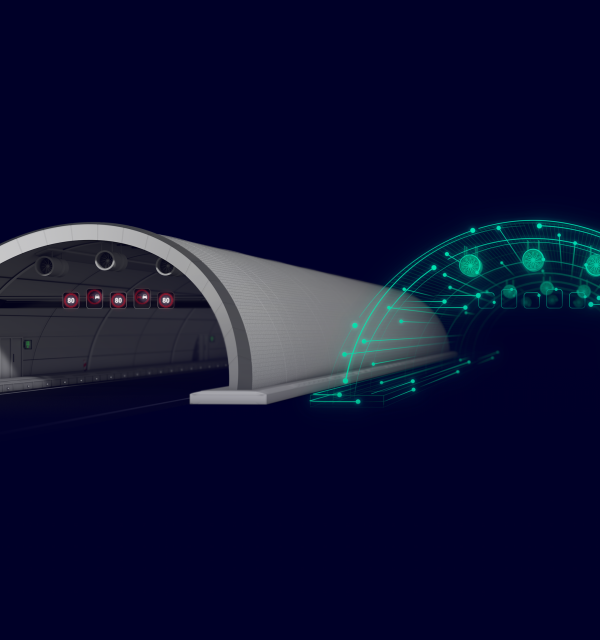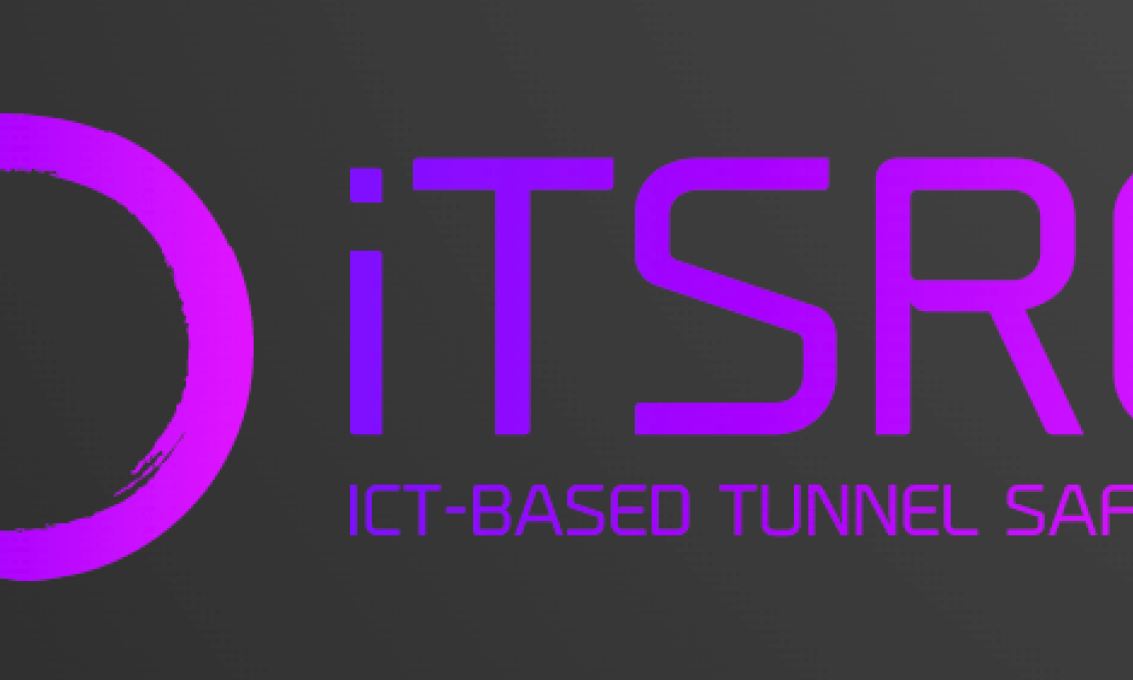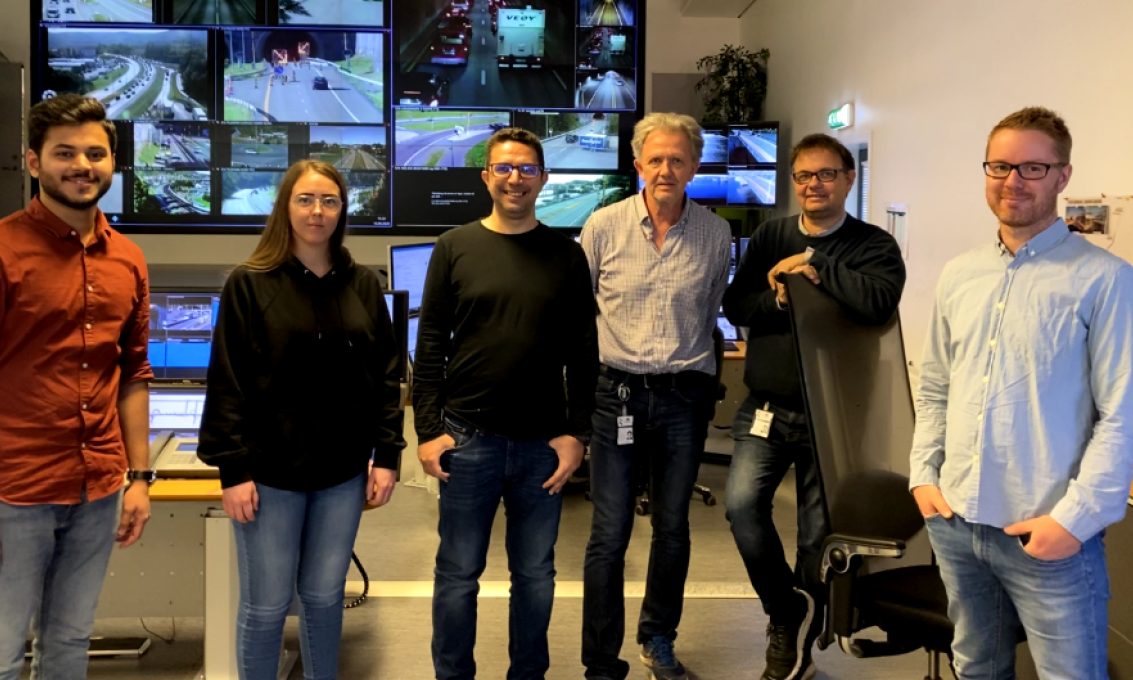At ITSRG we conduct interdisciplinary research and development activities on mechanisms and applications for safer road tunnels using the state of the art information and communication technologies. We employ a plethora of techniques such as image processing, artificial intelligence, mathematical modelling, discrete-event simulation, wireless communication and sensor technologies.
Associate Professor Naeem Khademi
6
ICT can make road tunnels smarter and safer.
The ITSRG is a multidisciplinary research group hosted at the Department of Electrical Engineering and Computer Science (IDE) at the University of Stavanger (UiS). The research group focuses on the Information and Communication Technology (ICT) aspects of road tunnel safety and conducts its research activities with close coordination with the Department of Safety, Economy and Planning (ISØP). The aim of the research group is to offer and integrate in the necessary ICT-based skills and expertise to the road tunnel safety research. ITSRG activities span over a wide range of research topics, some of which are modelling, optimisation and discrete-event simulation of traffic in tunnels, GIS systems and services, wireless communication and AI-powered sensor solutions for automatic incident detection and prevention in tunnel environment.
Capacity Boost Tunnel Safety (KATS)
The main goal of the Capacity Boost Tunnel Safety (KATS) project is to build research-based expertise that enables the business community to deliver value creating solutions for tunnel safety.
KATS constitutes one out of seven capacity boosts in total as part of a program at the Norwegian Research Council called: Forskningsbasert innovasjon i regionene (FORREGION). The University of Stavanger (UiS) are the project owners and the project management is led by Associate Prof. II Henrik Bjelland.
The project started in 2018 and will have a maximum duration of six years. KATS is funded by the Norwegian Research Council, Rogaland County Municipality, and through own efforts at UiS and by project partners.
Together with a project management, steering committee, expert group, PhD-fellows and collaboration partners, the KATS project is focusing on achieving the following sub-goals/work packages through several activities and projects:
- Help companies understand system requirements in complex tunnel safety projects
- Help companies understand tunnel safety as an innovative system
- Develop industrially applicable models for traffic, accidents and preparedness in tunnels.
- Develop platforms and solutions for the use of robotics and automation
- Provide a foundation for large joint FoU-projects
- Provide a foundation for large joint international tender processes
- Help companies to start up, develop and carry out their own research activities
Did you miss the webinar on ICT-based tunnel safety?
Here you can see the presentations from the webinar.

Capacity Boost Tunnel Safety (KATS) and the Research Group for ICT-based tunnel safety (iTSRG) at UiS invited all interested parties to a day devoted to ICT-based tunnel safety.
The webinar discussed the latest developments in the use of new information and communication technology to make road tunnels safer.
The webinar is relevant for stakeholders from academia, industry, public administration and emergency personnel who work with road and tunnel safety. It is a collaboration between UiS, SUS and SINTEF and is part of the KATS project.
If you missed it, or want to watch some of the presentations again, they are available here:
The research group
Publications
See list of publications 2021-2023.

Publications in 2022/2023
[1] N. Khademi, H. Bjelland, E.G. Nilsson and K. Boltesis, “RiskTUN: An ICT-based Concept for a Risk-aware Decision Support System for Tunnel Safety”, International Symposium on Tunnel Safety and Security (ISTSS), April 2023, Stavanger, Norway. (Accepted Paper)
[2] R. Davidrajuh, and J.F. Joseph, “Towards Modeling Road Tunnels: A Petri Nets based Approach,” International Journal of Simulation. Systems, Science and Technology (IJSSST), 23(1):5.1-5.5, 2022. https://hdl.handle.net/11250/3049528
[3] Joakim Andreas Oppedal Gjermundstad, “Developing Models of Road Tunnels with Petri Nets”, Master Thesis, UiS, Spring 2022. https://hdl.handle.net/11250/3007939
[4] Sondre Tennø, “Further Developing a Procedural Digital Twin for Road Tunnels”, Master Thesis, UiS, Spring 2022. https://hdl.handle.net/11250/3032540
[5] Benjamin Mydland and Ove Oftedal, “CoolEngine: Simulering av Realistiske Flammer og Røyk i et Unity3D Basert Tunnelflamme Redningspill”, Bachelor Thesis, UiS, Spring 2022. https://hdl.handle.net/11250/3003554
[6] Aleksander Vedvik, “For-studie av automatiske hendelsesdeteksjon systemer i veitunneler basert på dype nevrale nettverk og videoovervåknings kameraer”, Bachelor Thesis, UiS, Spring 2022. https://hdl.handle.net/11250/3003555
Publications in 2021
[1] Muhammad Zeeshan Ishaq, “Developing Models of Road Tunnels with Petri Nets”, Master Thesis, UiS, Spring 2021. https://hdl.handle.net/11250/2786178
[2] Joel Joseph, “Developing Models of Road Tunnels with Petri Nets”, Master Thesis, UiS, Spring 2021. https://hdl.handle.net/11250/2786160
[3] Nikolas Cameron Grimstad, Simen Graue Kase, Stephan Frederik Werner Brandasu, “Innendørs Posisjoneringssystem for IDE ved bruk av Bluetooth Low-Energy Beacons”, Bachelor Thesis, UiS, Spring 2021. https://hdl.handle.net/11250/2774387
[4] Berke Kagan Nohut, “Digital Tunnel Twin Using Procedurally Made 3D Models”, Master Thesis, UiS, Spring 2021. https://hdl.handle.net/11250/2786176
[5] Dag Hermann Valvik, Emil Haavardtun and Audun Stjernelund Lien, “3D Self-Rescue Game for Tunnel Fire”, Bachelor Thesis, UiS, Spring 2021. https://hdl.handle.net/11250/2774403
[6] Bernt Andreas Eide,“Detecting and Classifying Vehicles entering and exiting a tunnel”, Master Thesis, Spring 2021. https://hdl.handle.net/11250/2786181








